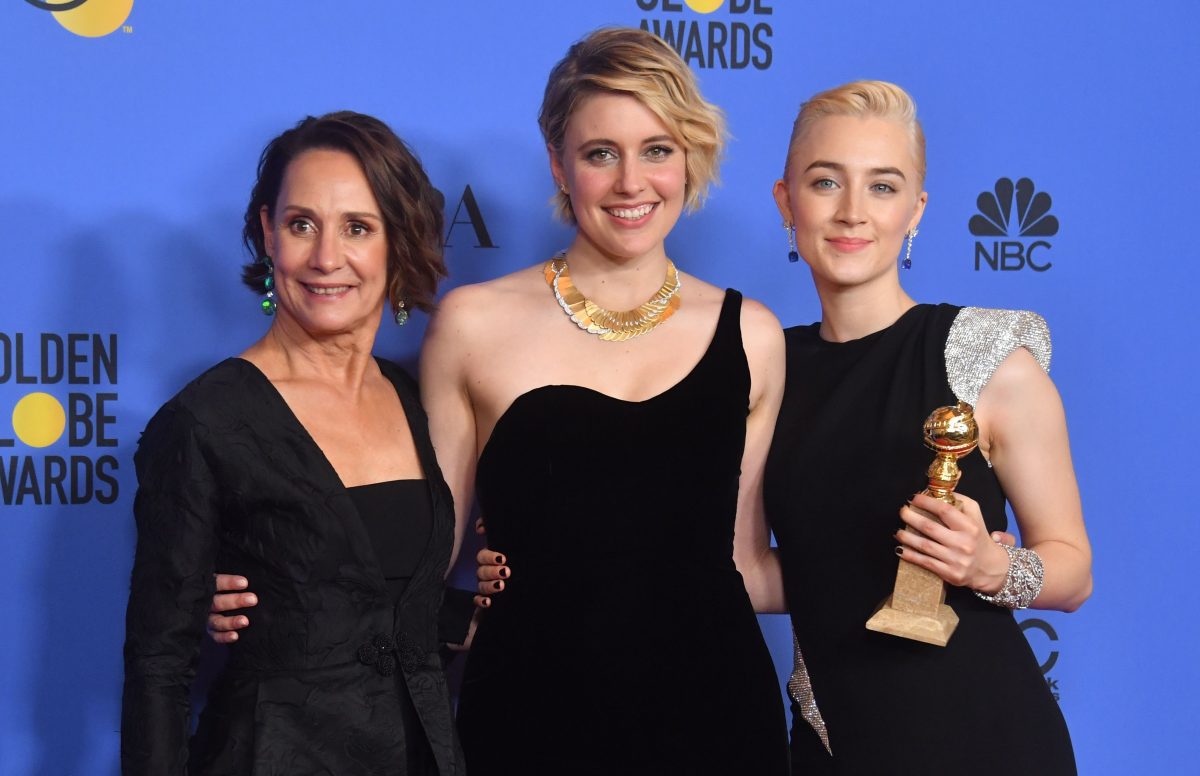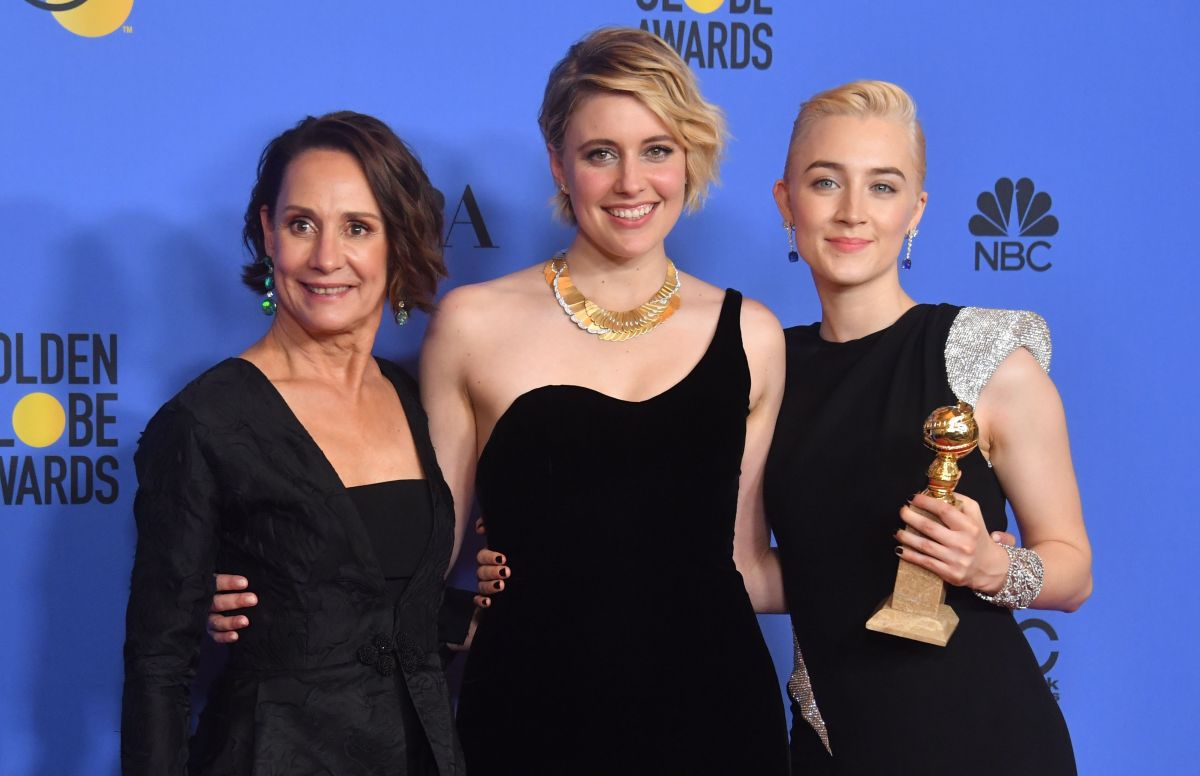Despite Leading the Box Office in 2017, Women Made Up Less Than a Quarter of Lead Film Roles, Down From 2016


2017 was, in many ways, a standout year for women in film. Female protagonists dominated the box office and they did so in movies marketed specifically towards women, with films like Beauty and the Beast, Wonder Woman, and Girls Trip. There were also plenty of critical and awards-season successes starring women, like Lady Bird and I, Tonya. But overall, the number of female leads in films last year was lower than in 2016, with women making up only 24% of sole protagonists (as opposed to an ensemble).
Every year, the Center for the Study of Women in Television and Film at San Diego State University analyzes the onscreen portrayal of women in the top 100 films of the year. (They have a separate study for women’s roles behind the scenes.) They categorize characters as protagonists, major characters, speaking characters, and all characters. 2016 saw a pretty substantial uptick in the number of female protagonists, up from 22% to 29%. That fell in 2017, though, back down to only 24%. Women made up 34% of all speaking roles (up from 32% in 2016).
“Overall,” the study finds, “audiences were almost twice as likely to see male characters as female characters in 2017.”
And as you might expect, those numbers become even bleaker when we’re talking specifically about women of color onscreen. In 2017, 68% of all female characters were white. While that’s down from 76% in 2016, it still doesn’t leave much room for representation for WOC. In 2017, 68% of all female characters with speaking roles were white, 16% were black, 7% were Latinx, 7% were Asian, and 2% were other ethnicities.
So of the already low 34% of speaking roles afforded to women, 16% of those went to black women. That means that in total, barely 5% of total speaking roles (whether that be a single line or more) were played by black women. 2% were Latinx or Asian women. Those numbers decrease when looking at “major” characters and, presumably, protagonists, although the study didn’t even include those numbers. That’s abysmal. 2016’s dip in representation notwithstanding, the number of female protagonists have increased dramatically over the last few years. But that can’t just be representation for white women. Representation, like feminism at large, must be intersectional or it is meaningless.
There are other troubling statistics in the study, like the age demographics of female characters (the majority were in their 20s, while male characters were mostly in their 30s), or their lack of professional occupations (44% of female characters were seen in work-related roles, compared to 65% of men). But there was one point of analysis that seemed encouraging: what happens to onscreen representation when there is a woman behind the scenes in some way.
The study finds that “In films with at least one woman director and/or writer, females comprised 45% of protagonists. In films with exclusively male directors and/or writers, females accounted for 20% of protagonists.” It’s even more disappointing, then, that women only made up 11% of film directors last year (up from 7% the year before that), and 11% of writers (down from 13%).
This is why representation among directors and writers is so important. Sure, men can make movies about women, but look at how much changes when just one woman is involved. Women are not just much more likely to make a movie about a woman, but when there is no female protagonist, the gender disparity increases exponentially, trickling down into a lack of supporting and speaking roles. For example, only 32% of films featured 10 or more women with speaking roles. Compare that to 79% of films featuring 10 or more speaking males. I would assume those numbers are similar to films with directors and writers of color.
Given the success of 2017’s women-led movies, not to mention the spotlight on Hollywood’s #MeToo and #TimesUp efforts highlighting the systemic devaluing of women, I’m eager to see what these numbers look like this time next year. In the meantime, this is a good reminder for all of us that is we want to see more female- and POC-led films, we have to support them at the box office. So go out there and see some movies.
(image: FREDERIC J. BROWN/AFP/Getty Images)
Want more stories like this? Become a subscriber and support the site!
—The Mary Sue has a strict comment policy that forbids, but is not limited to, personal insults toward anyone, hate speech, and trolling.—
Have a tip we should know? [email protected]
